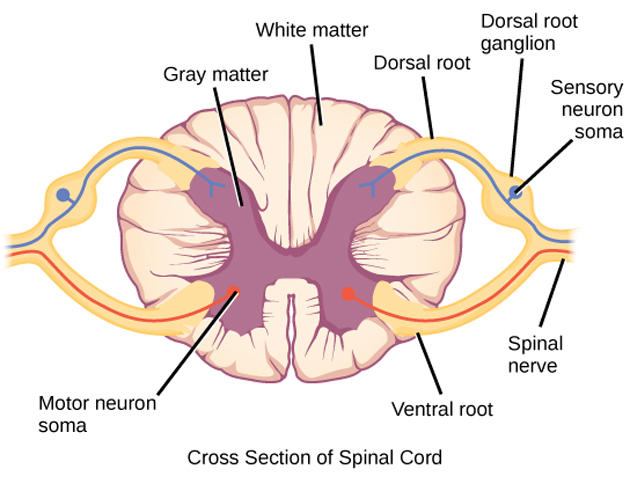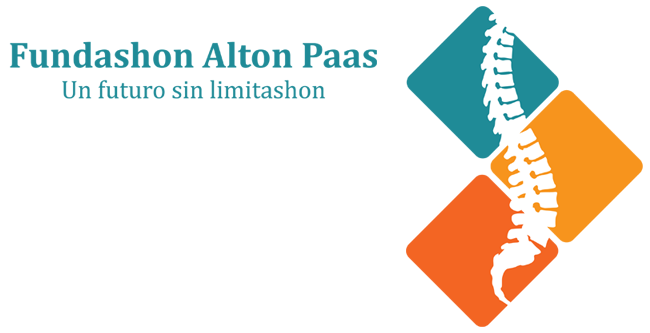
Modern medicine has still not managed to crack the problem of spinal cord injuries that result in significant paralysis or loss of functional status.
There are numerous factors that influence the inability to restore movement or autonomous bodily control to these patients. A prominent example of these is the inability to cultivate new neurons that make up and power the spinal cord.
However, some researchers have claimed that they have successfully induced ‘generic’ human stem cells to differentiate into stem cells that apply more specifically to the spine.
Why We Can’t Repair a Spine (Yet)
Strategies involving the implantation of any kind of donor cell – to regenerate or recreate damaged spinal tissue – have not shown much success. Furthermore, some medical researchers also believe that such forays into regenerative medicine are not feasible, in terms of costs and resources, at this point. Therefore, this area of cell-based therapy is still very much at the development stage.
The goals of many current projects in this area revolve around the restoration of the motor function in subjects (mostly rodents in animal models). This requires the full re-generation and reinstatement of the corticospinal tract (CST), an important spinal region that communicates with the relevant cortices in the brain.
A limited number of reports claim to have achieved this. However, this leaves the rest of the spine un-addressed, which may have a residual effect on movement and other functions.
New Direction in Cell-Based Therapy for Spinal Injuries
In the past, CST-based trials used grafts of multipotent cells, which were progenitor cells rather than true stem cells.
However, a newer study has documented a technique in which human pluripotent stem cells were used, which could differentiate into all the cells a spinal section needs, and not just the CST ones.
Reportedly, these neural stem cells further diversified into different types of neurons. Therefore, it can be concluded that neural stem cells may be capable of more complete regeneration of missing or damaged spinal tissue in living subjects.
